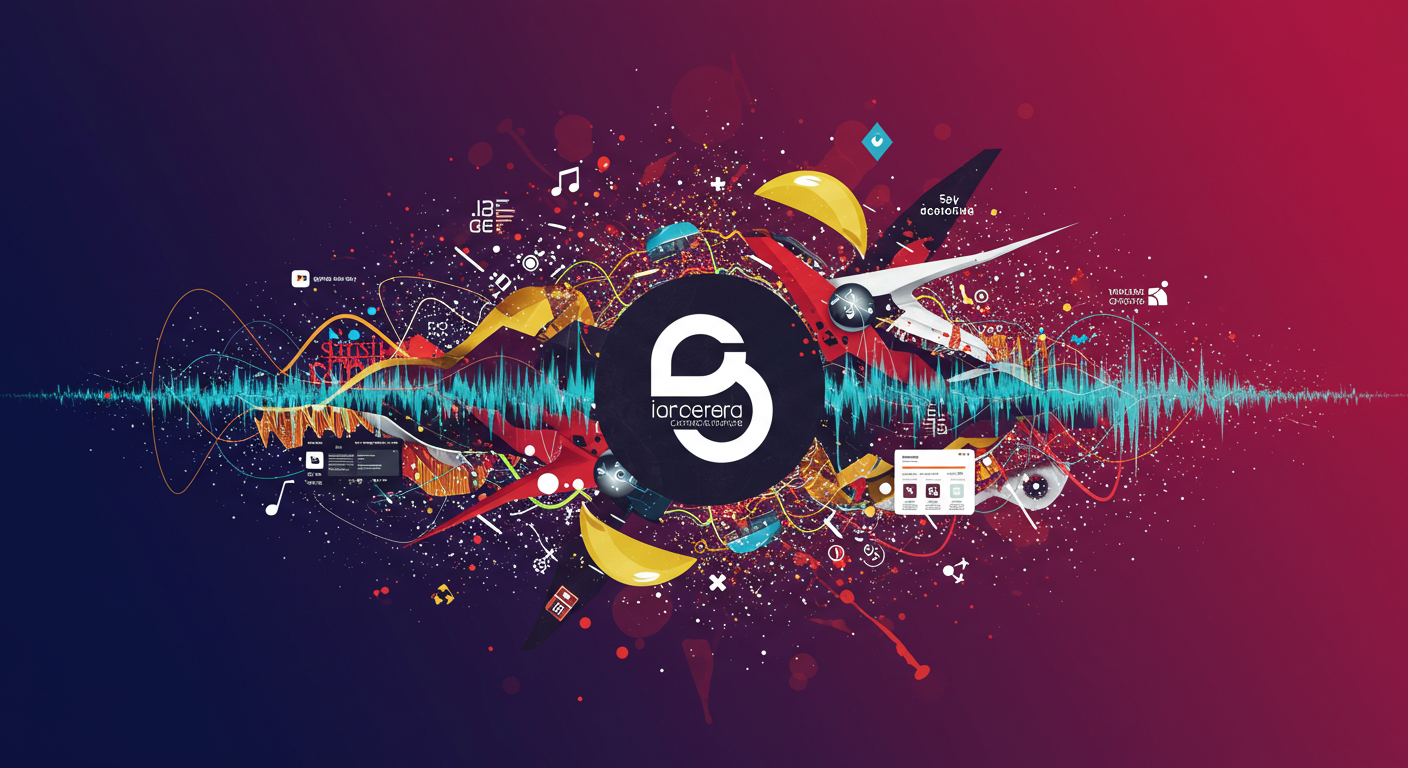Advertising alone no longer drives today’s market. Audiences are not just listening; they are living. Every post, playlist, and purchase contributes to a shared story about identity, values, and community.
Brands that understand this shift go beyond marketing. They become cultural influencers who shape how people see the world and how they see themselves.
From Selling Stories to Building Symbols
A decade ago, marketing focused mainly on sales. Campaigns aimed to make customers choose one product over another. Today, in a digital world, engagement matters more than persuasion.
Consumers no longer just watch advertisements. They now create meaning and participate in shaping brand stories.
When Pepsi and Budweiser Nigeria supported street football or celebrated Afrobeats through youth-led campaigns, they were not simply promoting products. They tapped into existing cultural energy. Instead of forcing a message, they joined a living story already present in people’s minds.
This same pattern appears across the world. Nike does not sell shoes; it sells rebellion, strength, and purpose. Apple does not sell technology; it sells imagination and individuality. Coca-Cola does not only refresh people; it connects them emotionally through shared traditions.
The message is clear. Great brands do not chase culture; they create it.
The Age of Cultural Relevance
In Nigeria’s vibrant creative economy, culture has become the new currency. The country’s youth, who are digital natives influenced by music, memes, and micro-trends, define what is cool and what sells.
Brands that remain culturally fluent attract attention naturally.
Platforms such as MTN Pulse, Zikoko, and Jameson Connects have mastered this rhythm. They go beyond campaigns to create experiences around music, art, fashion, and humor. For these brands, irrelevance is the real competitor, not other brands.
In today’s market, meaning has become the new media investment.
The Risk of Performative Branding
Many brands still struggle to keep up, mistaking cultural noise for cultural depth. It is easy to join trending conversations or use popular words such as “youth,” “innovation,” or “inclusion.” However, consumers, especially younger ones, can easily recognize when a brand is pretending rather than participating.
Authenticity means action, not imitation.
A brand that promotes empowerment but does not reflect that value internally will lose credibility. The same applies to a company that celebrates creativity publicly but limits its creators behind the scenes.
True cultural influence requires courage and a willingness to align values with actions.
Brands as Curators of Identity
Modern consumers now see brands as part of who they are. A logo competes not only with other brands but also with cultural icons, lifestyle choices, and personal beliefs.
When someone wears a Nike swoosh, they are expressing identity, not just fashion. When a Gen Z creative talks about Netflix Naija or Alté fashion, they are identifying with a community that reflects their worldview.
This is the next evolution of marketing: identity design. It focuses on how people feel when they engage with your brand. When customers see their own values reflected in your message, loyalty becomes emotional rather than transactional.
The Way Forward: Culture as a KPI
The most successful brands of the future will measure more than clicks or impressions. They will track how they shape conversations, ideas, and communities.
To succeed, brands must first listen before they lead, because genuine insight comes from observing culture, not from repeating internal opinions. They must also work closely with creators, not just influencers, because creators bring real-life authenticity and connection. Brands need to tell stories and plan strategy at the same time, ensuring that campaigns inspire, educate, and empower audiences. Finally, they must root their purpose in real actions, proving their values through behavior rather than slogans.
Beyond Advertising, Toward Meaning
The future of marketing will not belong to the brand that spends the most, but to the brand that means the most.
Culture-shaping brands do not follow trends; they create belief. Advertising builds awareness, but culture builds trust.
In a world overflowing with content, belief has become the rarest and most valuable currency of all.
ALSO WATCH MARKETING EDGE ONTV








Comment
No comments found.